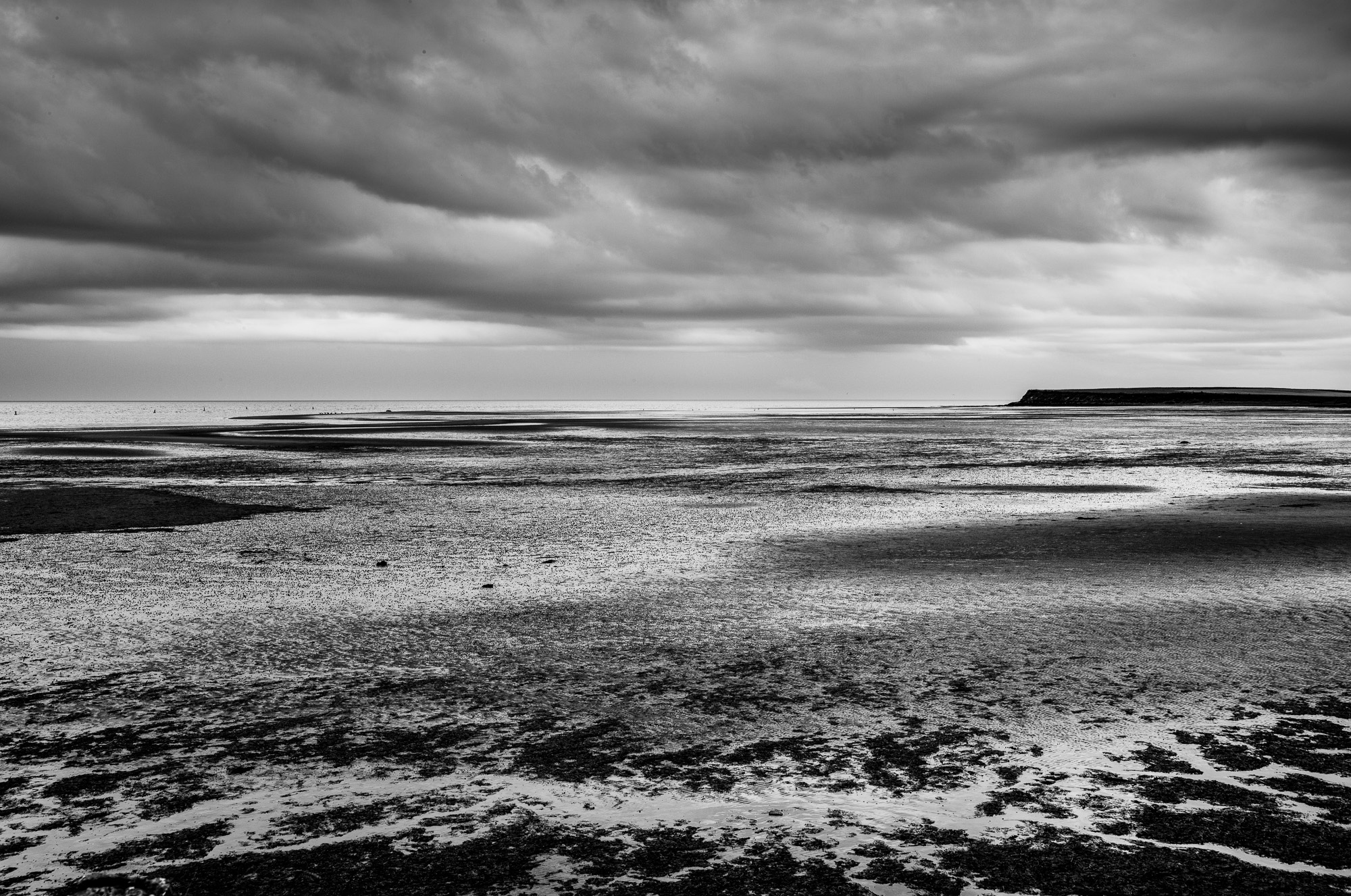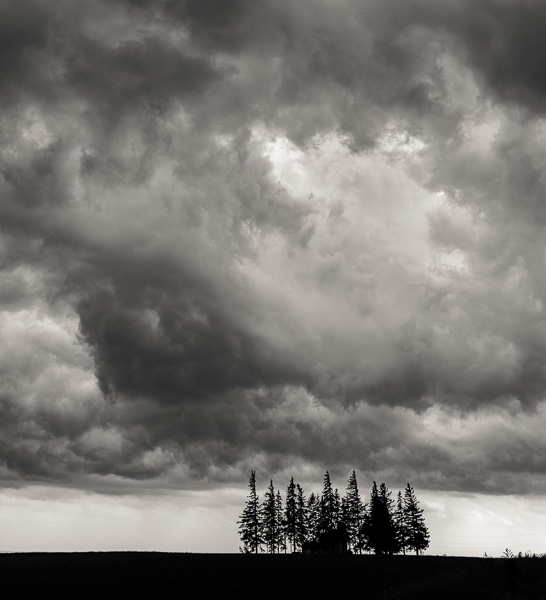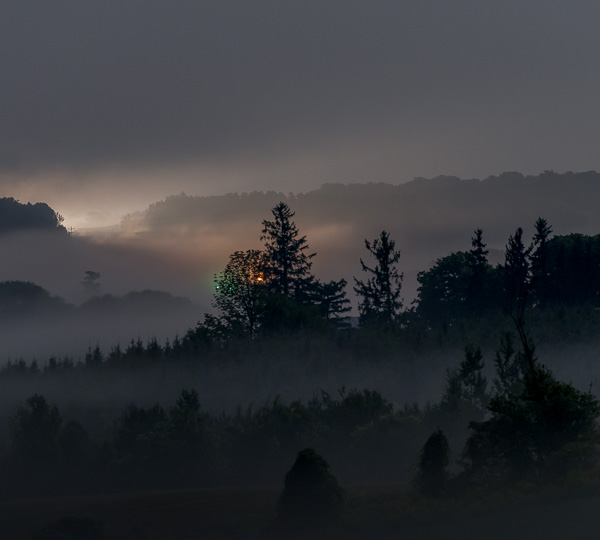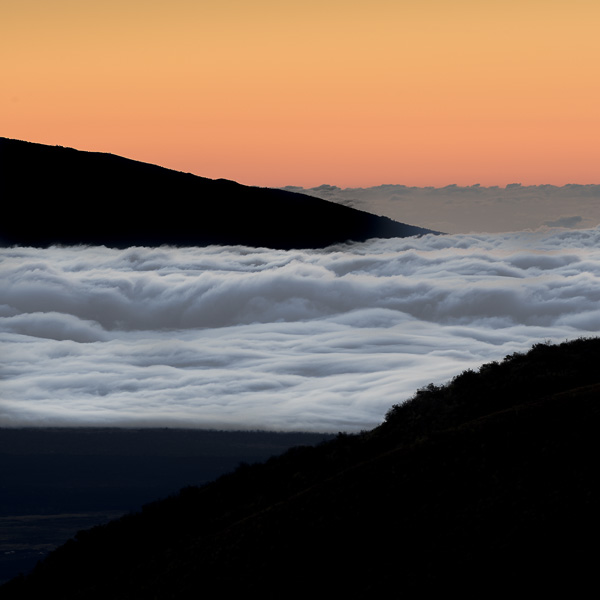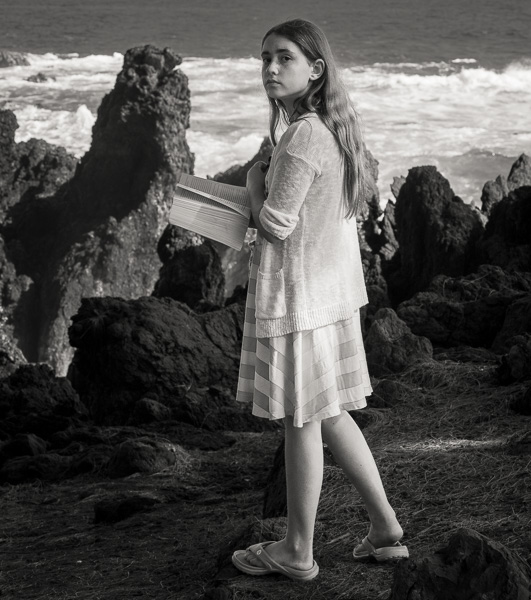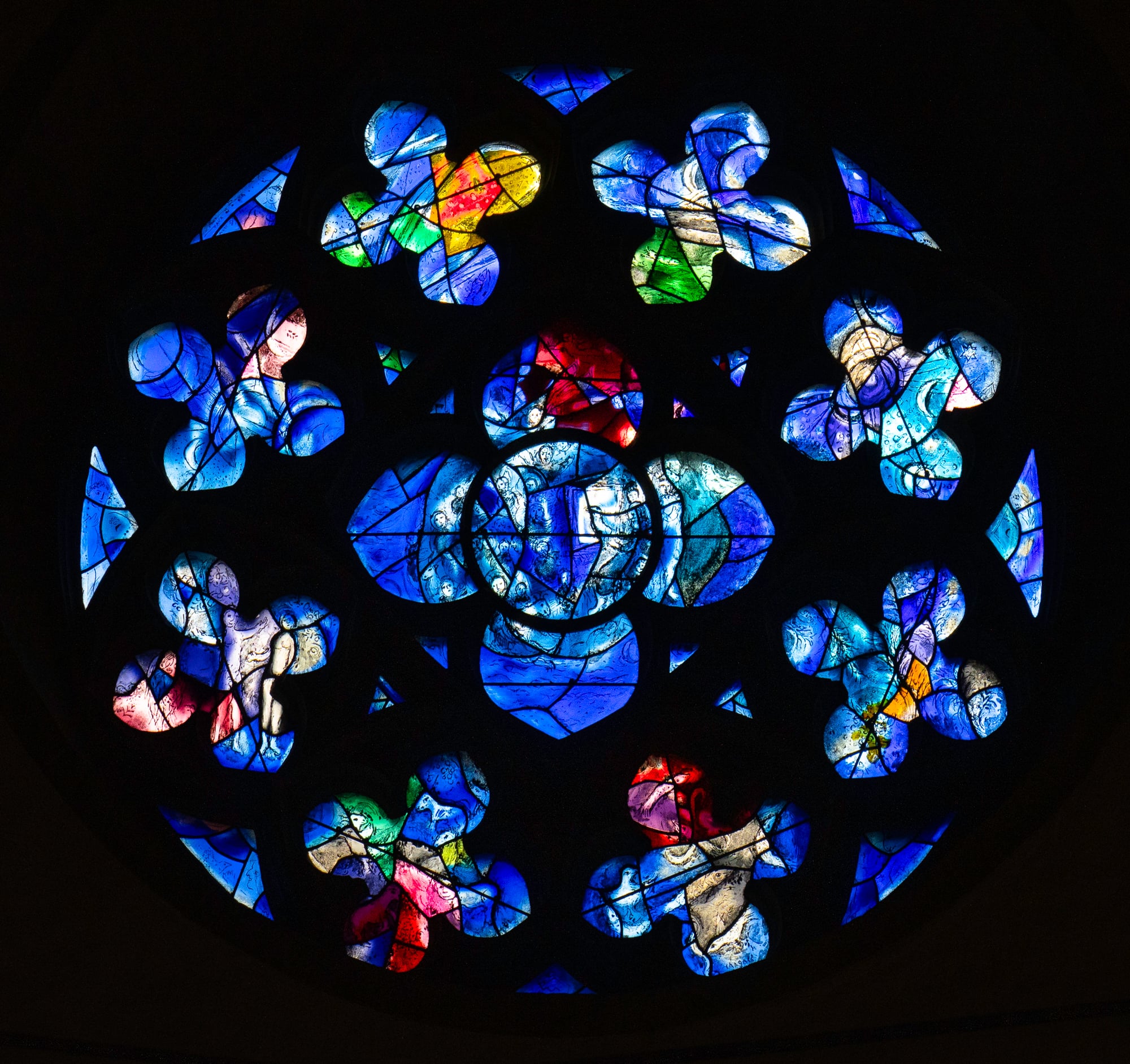“Guiding the Eye” by David Osborn
Dear LuLa readers,
Welcome to “Shutter Shorts: Bite-sized Photo Lessons”. We’ll share concise tips or suggestions to elevate your photography, inspire you to explore, and elevate your visual storytelling. Whether you’re a pro or beginner, these quick insights hope to help you capture the luminous landscape with greater impact and spark your creativity, shot by shot!
Happy shooting,
The LuLa Team
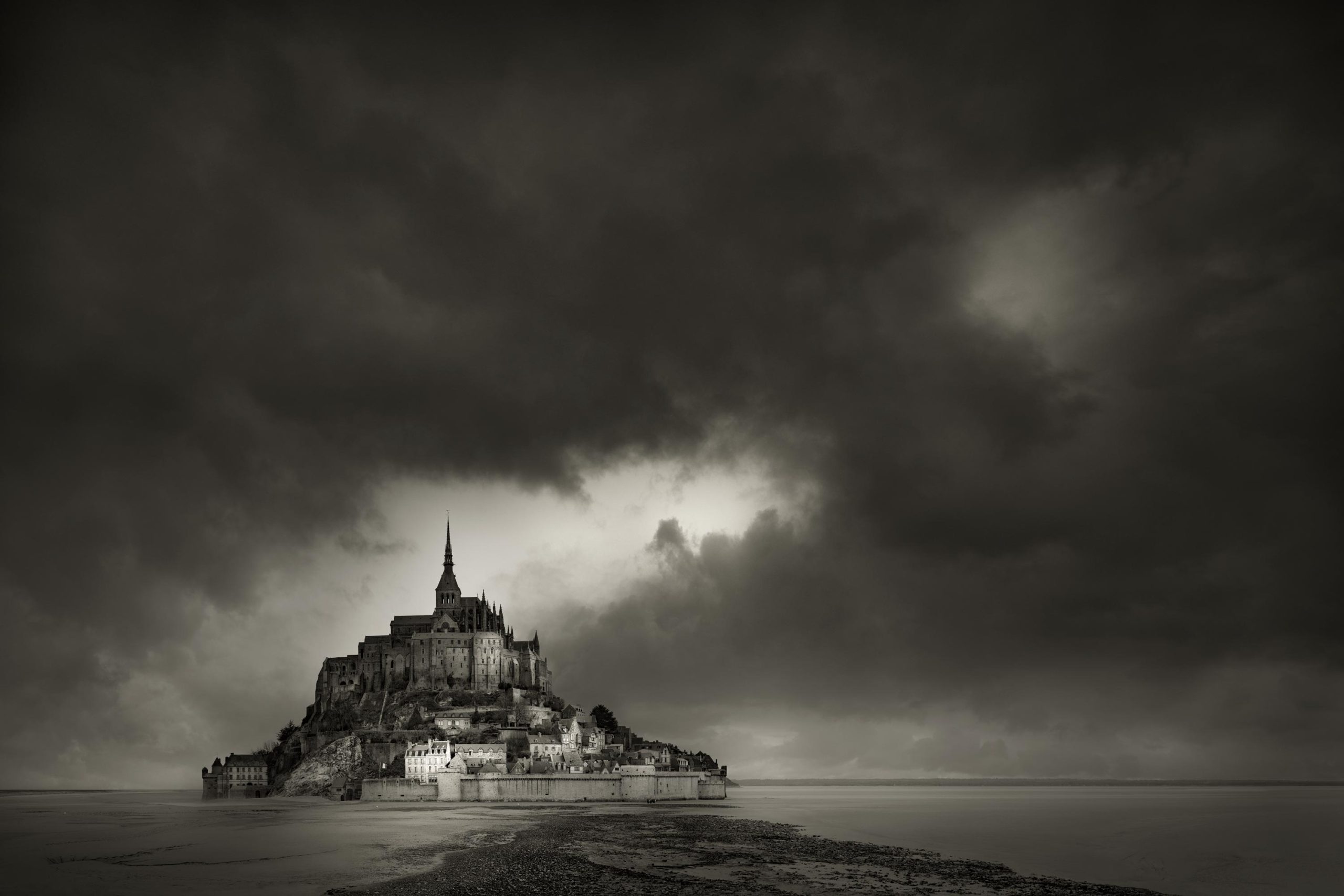

One of the most common photography mistakes is creating photographs that don’t direct the viewer’s eye to the main subject, the picture’s main attraction. When you make a photograph, it comes with an unwritten agreement between you and the viewer.
There are aspects the viewer is responsible for and those the photographer is responsible for. Knowing where to look in a picture is not the viewer’s responsibility; it’s your responsibility as the photographer to tell the viewer where to look.
Why? Our brain and perception have evolved to maximize efficiency and conserve energy and resources. If you don’t direct the viewer where to look, you’re forcing the viewer to expend their energy and resources to search the picture to find the main attraction; this isn’t their responsibility. It’s the photographer’s responsibility to minimize the viewer’s effort and resources by making the picture visually efficient. You tell the viewer where to look.
It’s like going to a restaurant; you don’t expect to be told to use your energy and resources to cook the meal; it’s the restaurant’s responsibility to serve you a cooked meal.
Using a theatrical stage analogy is a powerful way to grasp and apply the principle of visual efficiency to your photography. When you watch a theatre play, it has critical elements: the lead actors, secondary actors or supporting cast. It also has a theatre backdrop and stage lighting, all working harmoniously to create a cohesive and polished performance.
In my photograph of Mont Saint Michel, Normandy, France – The lead actor, my ‘hero’, is the white house. The secondary actors or supporting cast are the buildings surrounding the white house and the island. The general background and sky are the theatre backdrop, and the photograph’s mood is from the stage lighting.
The photograph is visually efficient for the viewer because it has visual order, structure, emphasis, and hierarchy. I visually tell you to look at the white house. We begin creating this visual order, structure, and emphasis in the camera with composition. Post-production must then enhance these qualities to make them impactful and the photograph more efficient.
There must only be one lead actor in the picture, and everything else must support the lead actor to make them look good without conflict or confusion. A good photograph is a simple idea shown clearly and communicated efficiently; we create visual order out of chaos.
David Osborn Photography, London, England, 2024. www.DavidOsbornPhotography.com
Read this story and all the best stories on The Luminous Landscape
The author has made this story available to Luminous Landscape members only. Upgrade to get instant access to this story and other benefits available only to members.
Why choose us?
Luminous-Landscape is a membership site. Our website contains over 5300 articles on almost every topic, camera, lens and printer you can imagine. Our membership model is simple, just $2 a month ($24.00 USD a year). This $24 gains you access to a wealth of information including all our past and future video tutorials on such topics as Lightroom, Capture One, Printing, file management and dozens of interviews and travel videos.
- New Articles every few days
- All original content found nowhere else on the web
- No Pop Up Google Sense ads – Our advertisers are photo related
- Download/stream video to any device
- NEW videos monthly
- Top well-known photographer contributors
- Posts from industry leaders
- Speciality Photography Workshops
- Mobile device scalable
- Exclusive video interviews
- Special vendor offers for members
- Hands On Product reviews
- FREE – User Forum. One of the most read user forums on the internet
- Access to our community Buy and Sell pages; for members only.





